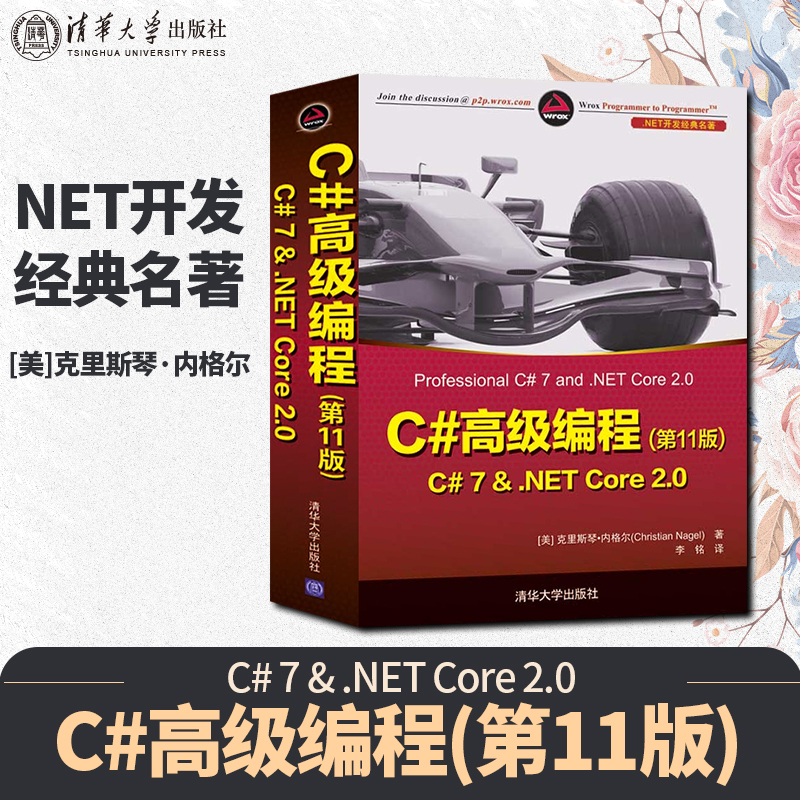using System;
using System.Collections.Generic;
using System.Collections ;
using System.Linq;
using System.Text;
using System.IO;
using System.Runtime.Serialization;
using System.Runtime.Serialization.Formatters.Binary;
namespace LINQ
{
[Serializable]
public class tt
{
private string name = "";
public string Name
{
get { return name; }
set { name = value; }
}
private string sex = "";
public string Sex
{
get { return sex; }
set { sex = value; }
}
}
class LINQTest
{
public static T Clone<T>(T RealObject)
{
using (Stream objectStream = new MemoryStream())
{
IFormatter formatter = new BinaryFormatter();
formatter.Serialize(objectStream, RealObject);
objectStream.Seek(0, SeekOrigin.Begin);
return (T)formatter.Deserialize(objectStream);
}
}
public static void Main()
{
List<tt> lsttt = new List<tt>();
tt tt1 = new tt();
tt1.Name = "a1";
tt1.Sex = "20";
lsttt.Add(tt1);
List<tt> l333 = new List<tt>();
l333.Add(Clone<tt>(lsttt[0]));
l333[0].Name = "333333333";
}
}
}





